Torch light parts name
When I first began exploring the world of torch lights, I was amazed at how much complexity lies beneath their seemingly simple exterior. Each component plays a crucial role in the functionality and effectiveness of the light, making it essential to understand the various parts involved. Whether you’re an avid outdoorsman, a DIY enthusiast, or just someone who appreciates a good flashlight, grasping the intricacies of torch light components can significantly enhance your experience. In this article, I’ll bring my insights on the specific torch light parts and their significance in creating a reliable source of illumination.
Torch Light Components Overview
Understanding the Importance of Components
Each part of a torch light is not just an accessory; it’s a vital element that contributes to its performance, durability, and efficiency. In my experience, knowing how these components work together can help one appreciate and make the right choices when selecting or using a torch light. From the brightness of the torch to its ruggedness, every component plays a role that shouldn’t be overlooked.
Key Parts of a Torch Light
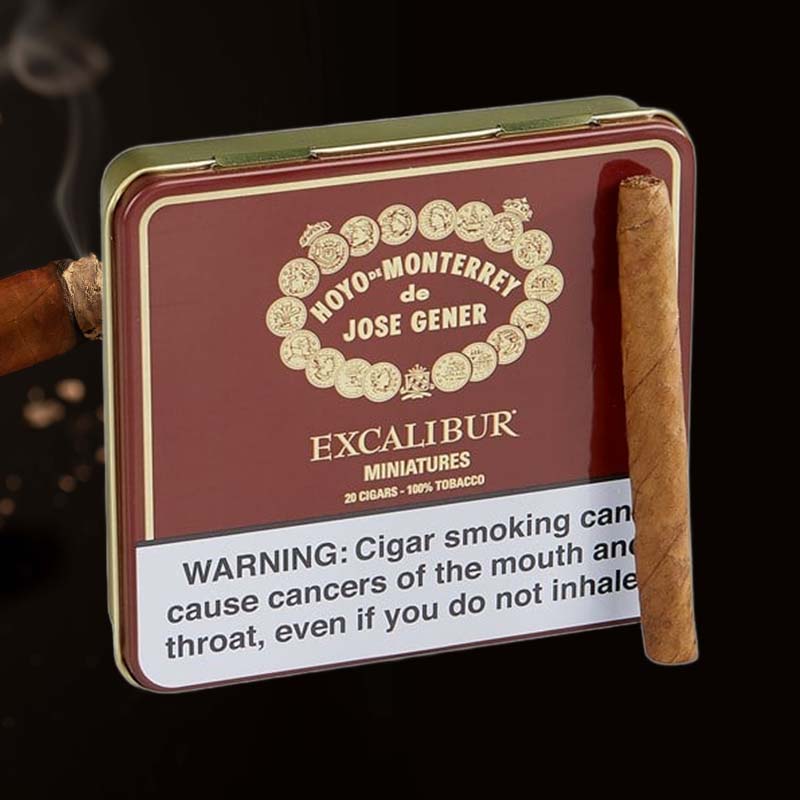
1. Bezel
The bezel is the front part of the torch that holds the lens and reflector. A well-designed bezel can protect these components and enhance the beam’s projection.
2. Light Source (LED or Incandescent)
The light source is what illuminates your path. LED lights are now the most popular option due to their efficiency and longevity, whereas incandescent bulbs may provide a warmer glow but are less energy-efficient.
3. Reflector
The reflector directs the light produced by the bulb to create a focused beam. The design and shape significantly affect how the light spreads.
4. Lens
The lens protects the light source and the reflector, and its quality can affect the clarity and intensity of the beam. A scratch-free lens ensures optimal performance.
5. Housing Body
The housing body encases all internal components. It’s usually constructed from aluminum or plastic, providing strength and lightweight properties.
6. Pocket Clip
For ease of transport, many torch lights come with a pocket clip. This handy feature ensures your torch is always within easy reach.
7. Tail Cap
The tail cap seals the end of the housing and can often hold the switch mechanism. It’s crucial for maintaining the torch’s waterproof integrity.
8. Main Switch
Switching on and off is the primary action of using a torch light. A reliable switch enhances user experience, ensuring smooth operation.
9. Battery Compartment
The battery compartment houses the power source. Understanding how to access it easily is vital for quick battery changes.
10. Circuit Board
The circuit board manages the power distribution and efficiency of the light, impacting overall performance and support for potential additional features, like brightness settings.
Types of Light Sources Used in Torch Lights
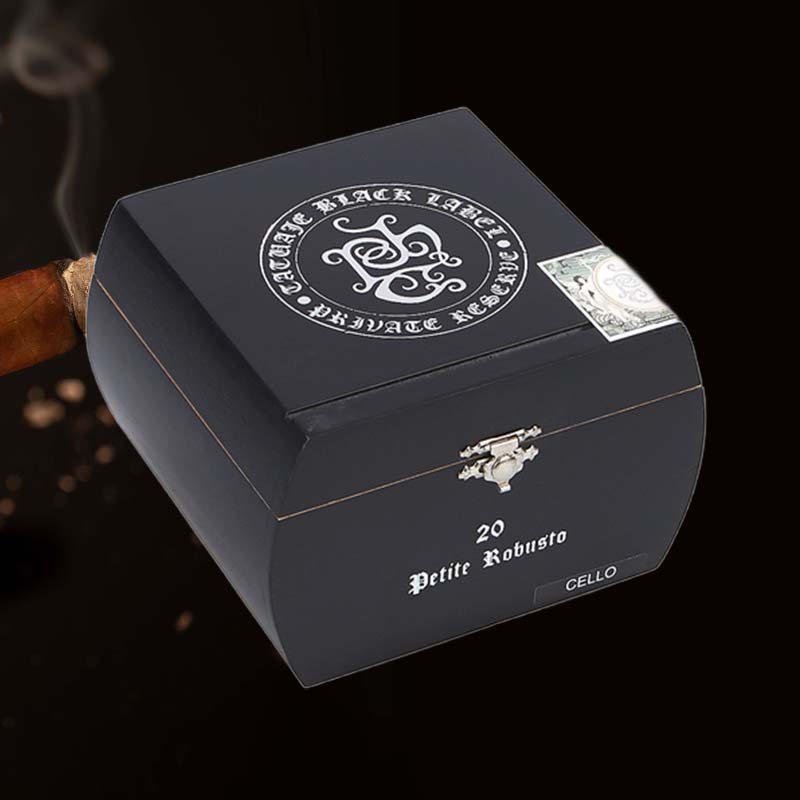
LED vs. Incandescent: Pros and Cons
LED bulbs are fantastic for their energy efficiency, longevity, and brighter outputs. On the other hand, incandescent bulbs can provide a warmer, softer light but tend to drain batteries faster. Personally, I find LED lights to be a far better investment for their long-lasting capabilities.
The Impact of Light Source on Brightness and Efficiency
The choice of light source greatly affects both brightness and efficiency. A well-optimized LED can yield much more brightness per watt compared to an incandescent option, making it practical for extended use or during emergencies.
Reflector and Lens: Their Roles
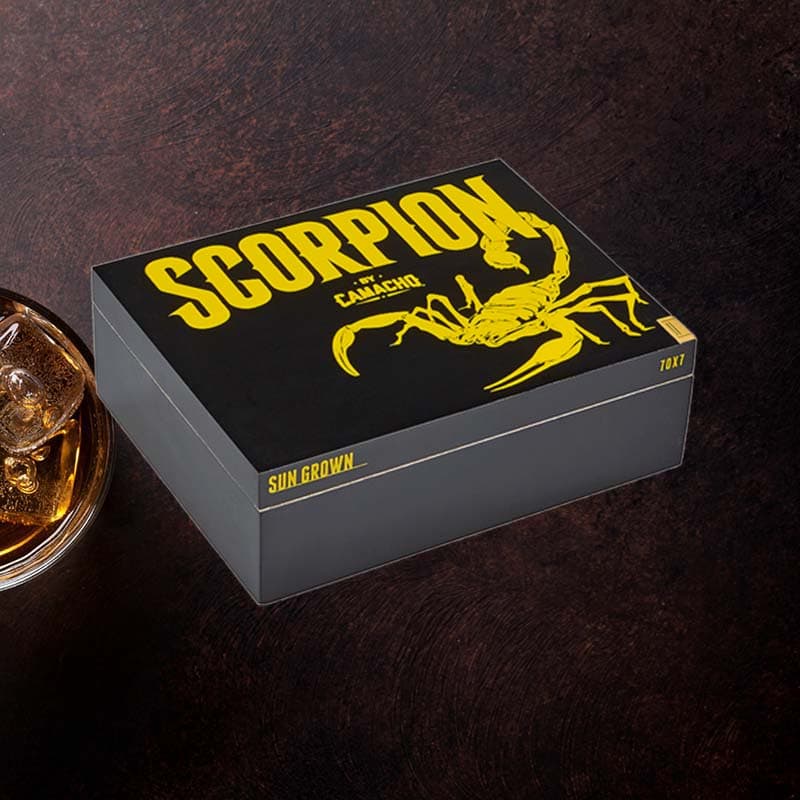
Understanding Reflector Shapes
Reflectors come in different shapes (like parabolic or elliptical), each affecting how light is distributed. I prefer reflectors that create a strong center beam, handy for seeing distances clearly during hikes.
Importance of Lens Quality in a Torch Light
The lens quality can dramatically alter light clarity and impact distance. A high-quality lens allows for brighter and more effective light output, ensuring that you see what you need in darkness.
Switch Mechanisms: How They Affect Operation
Common Types of Switch Designs
Switch mechanisms vary, including push-button, twist, or rotary styles. I’ve found that push-button designs offer the fastest access in emergencies, while twist switches are more foolproof against accidental activation.
The User Experience: Ease of Use in Different Switch Types
User experience significantly differs based on the switch type. Comfortable, responsive switches enhance usability, making it more enjoyable and efficient during various activities.
Batteries: Powering Your Torch Light
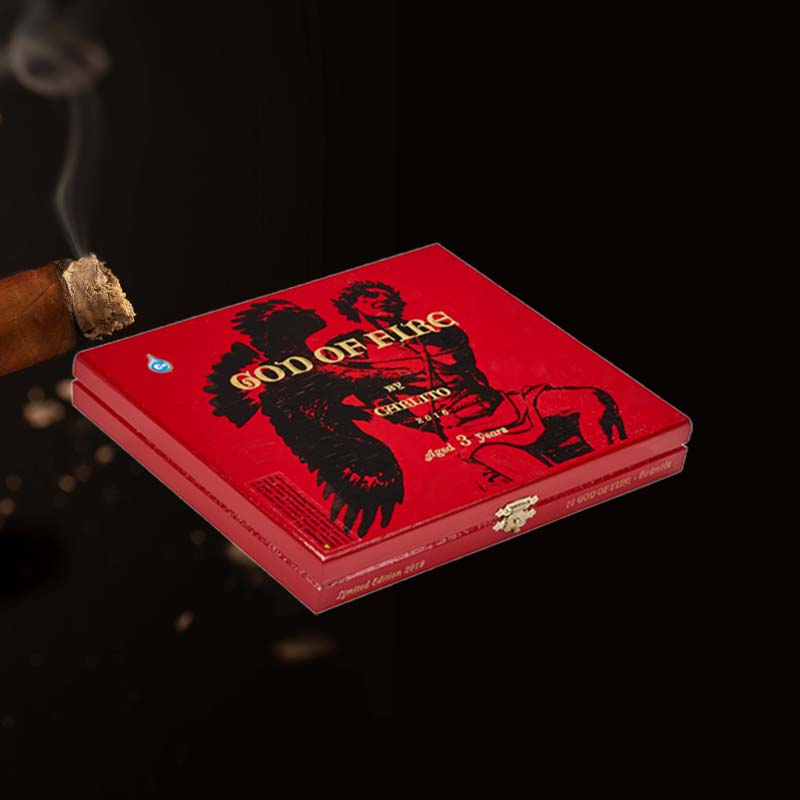
Types of Batteries Used
Most torch lights use AA, AAA, or Li-ion rechargeable batteries. Knowing which battery type your torch uses can simplify powering it back up.
Battery Life Considerations
Understanding battery life is vital. Some torches may consume batteries faster than others—it’s essential to research for consistent reliability when you need it most.
Housing and Durability
Materials Commonly Used for Torch Lights
Aluminum and high-grade plastics are popular housing materials, offering different benefits like resilience and weight. I often choose aluminum for its durability during outdoor adventures.
Impact Resistance and Waterproofing Features
Many high-quality torch lights are designed to be impact-resistant and waterproof, making them suitable for extreme outdoor conditions or emergencies. Knowing these features can provide peace of mind when you’re in tough spots.
Additional Accessories for Torch Lights
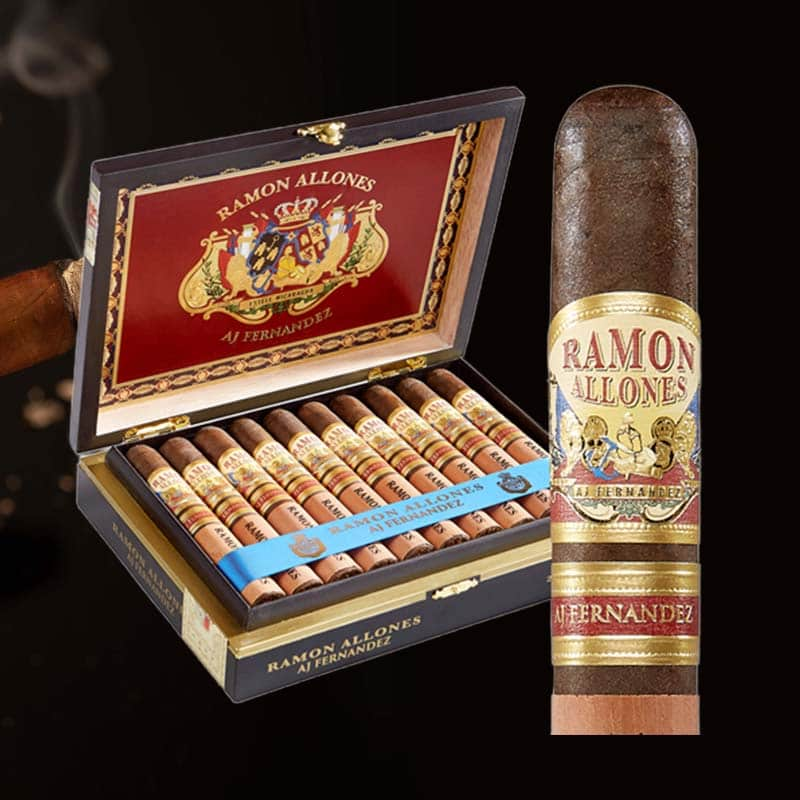
Battery Chargers
Battery chargers are crucial for keeping rechargeable batteries topped up. Having the right charger ensures you’re always ready to go.
Carrying Cases and Straps
Carrying cases and straps can enhance your torch light’s portability. They make it easier to access quickly, especially during hikes or nighttime activities.
Choosing the Right Torch Light Parts for Replacement
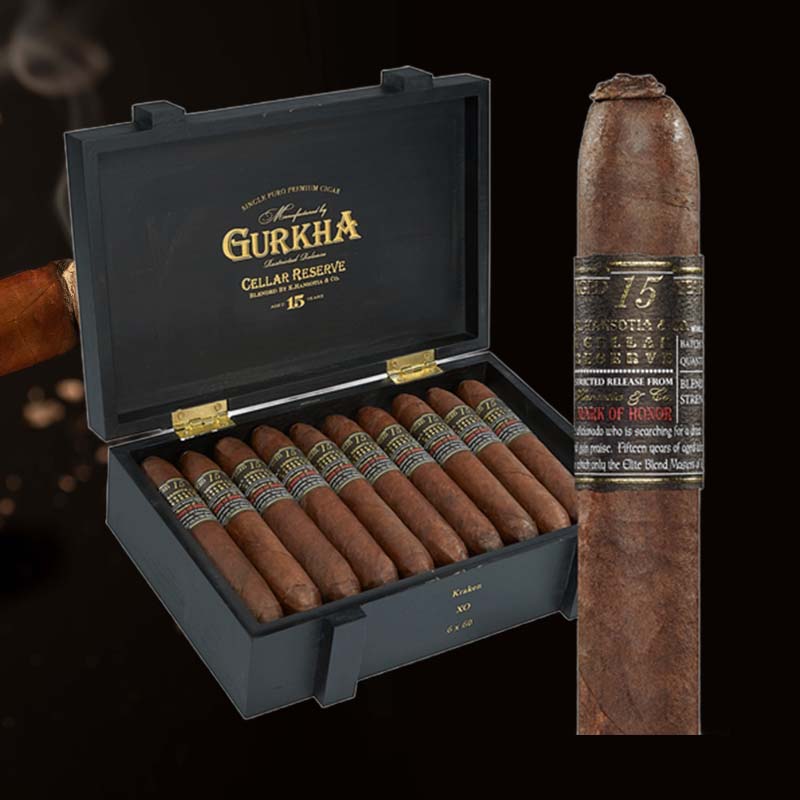
Understanding Compatibility Issues
When replacing parts, compatibility is key. Ensure that any replacement components match the specifications of your torch light to maintain functionality.
Where to Purchase Quality Replacement Parts
Purchasing from reputable retailers or manufacturer websites guarantees quality. I always check reviews and recommendations before making a selection.
Maintenance Tips for Torch Light Parts
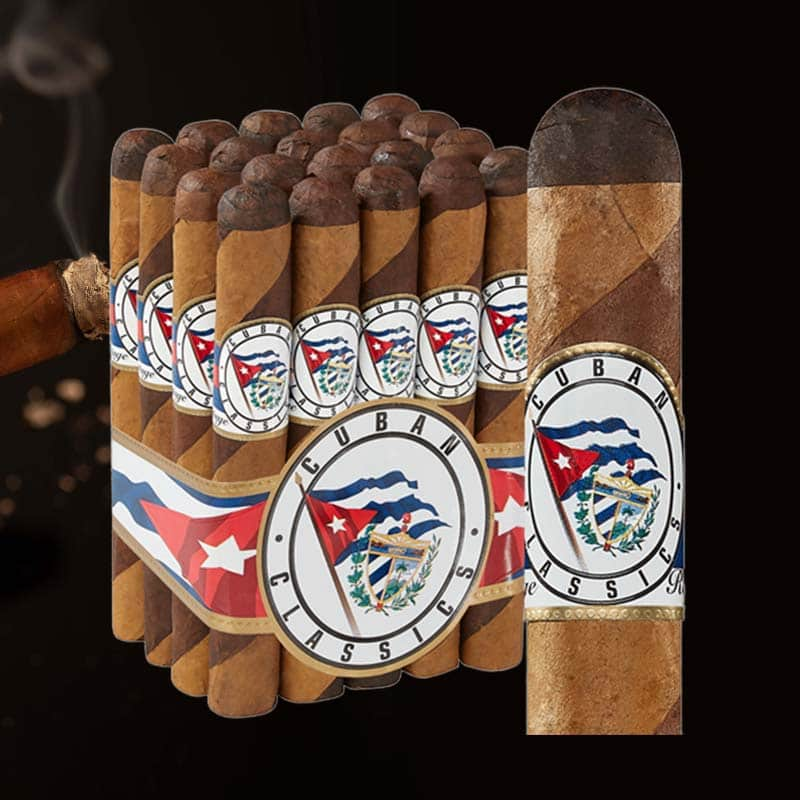
Cleaning Techniques
Regular cleaning is vital for maintaining your torch light. A soft, damp cloth can remove dirt and grime, keeping it in top condition for when you need it most.
Common Issues and Troubleshooting Parts
Flickering light or dim performance can indicate issues with the light source or battery. In my experience, checking the battery connection often resolves these problems.
FAQ
What are the parts of a torch light?
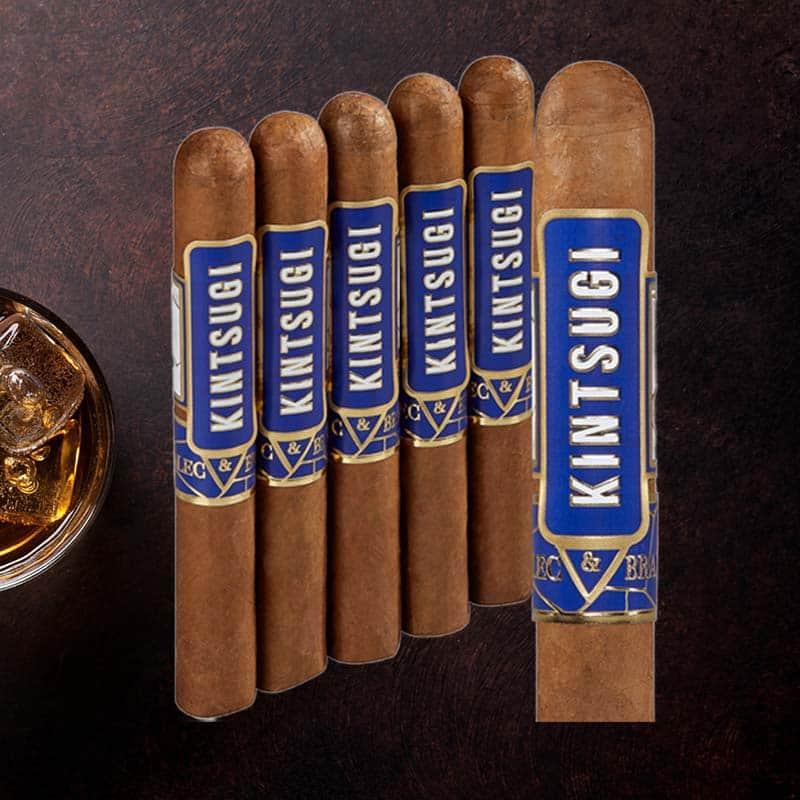
The main parts of a torch light include the bezel, light source, reflector, lens, housing body, pocket clip, tail cap, main switch, battery compartment, and circuit board.
What is the light emitting part of a torch called?
The light-emitting part of a torch is typically referred to as the light source, which can be an LED or incandescent bulb.
What are parts of a flashlight?
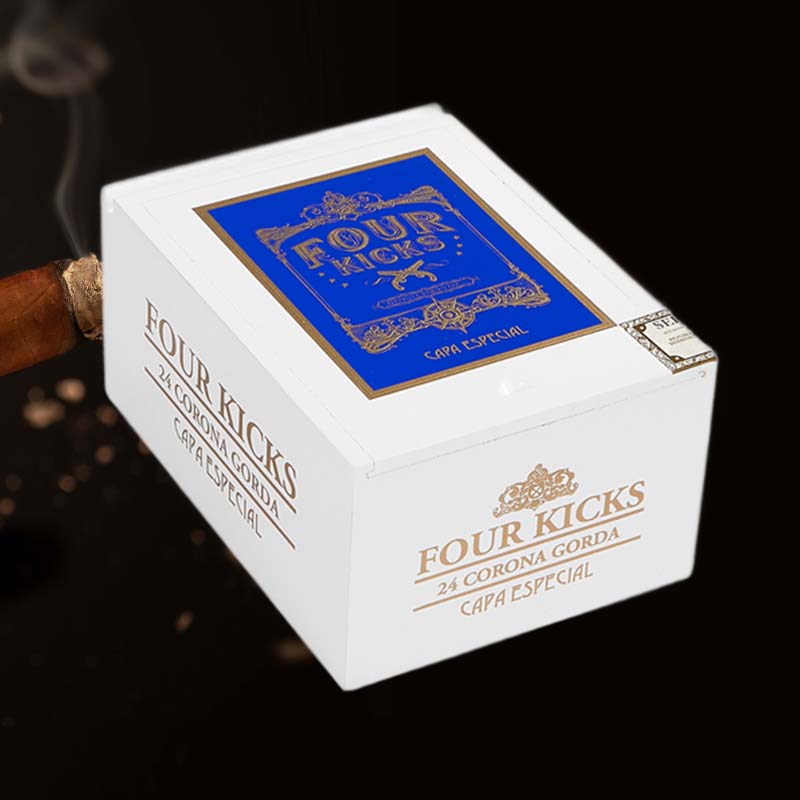
Flashlights generally consist of a housing, light source, reflector, lens, switch, and power supply (usually batteries).
What is the reflective part of a flashlight called?
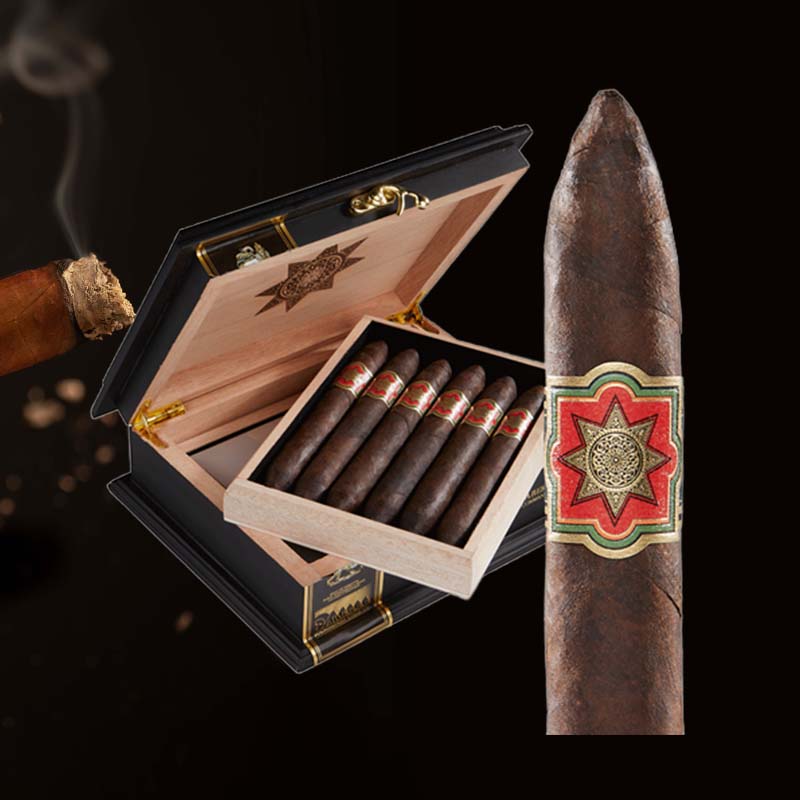
The reflective part of a flashlight is known as the reflector, which helps direct light emitted from the bulb into a usable beam.
